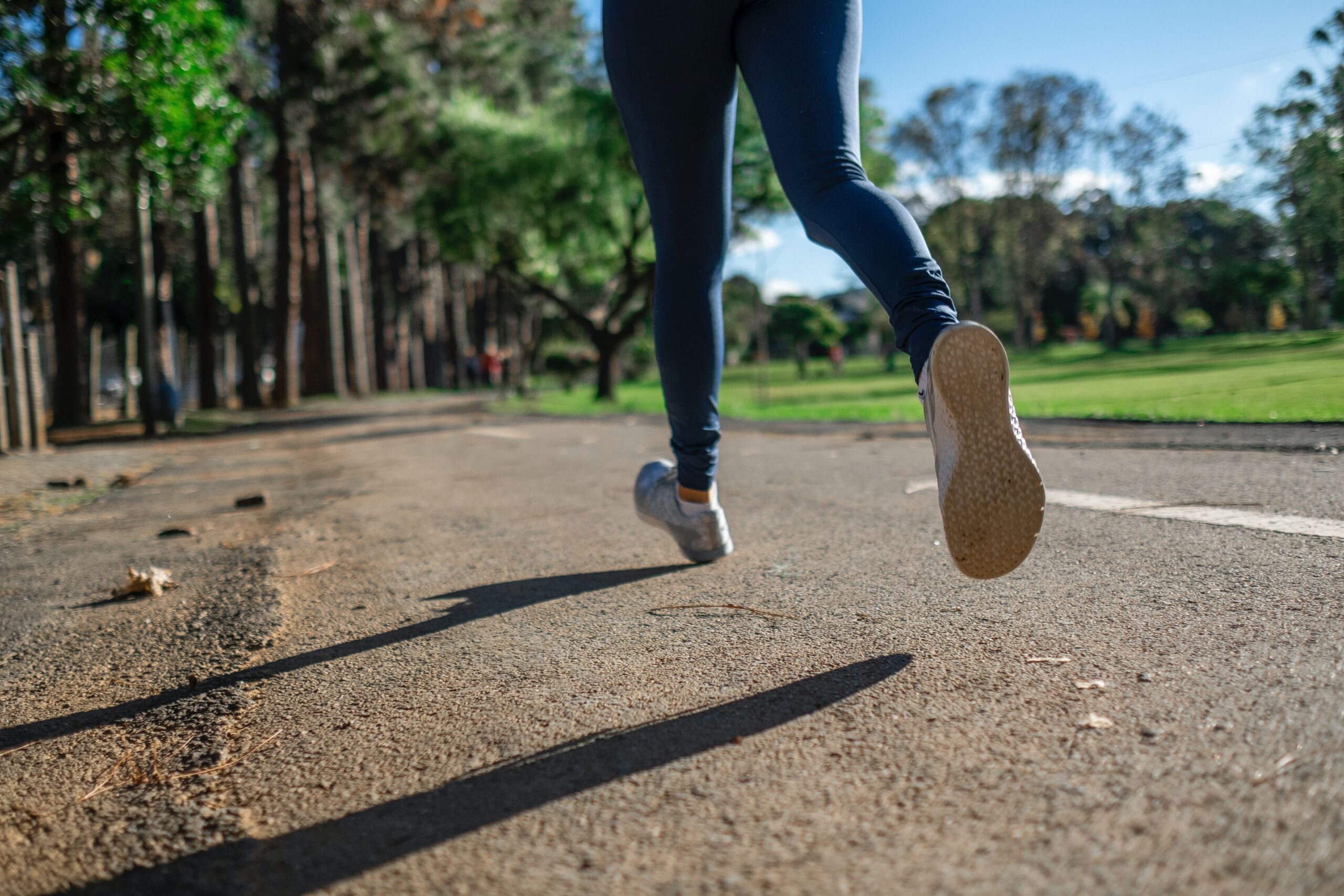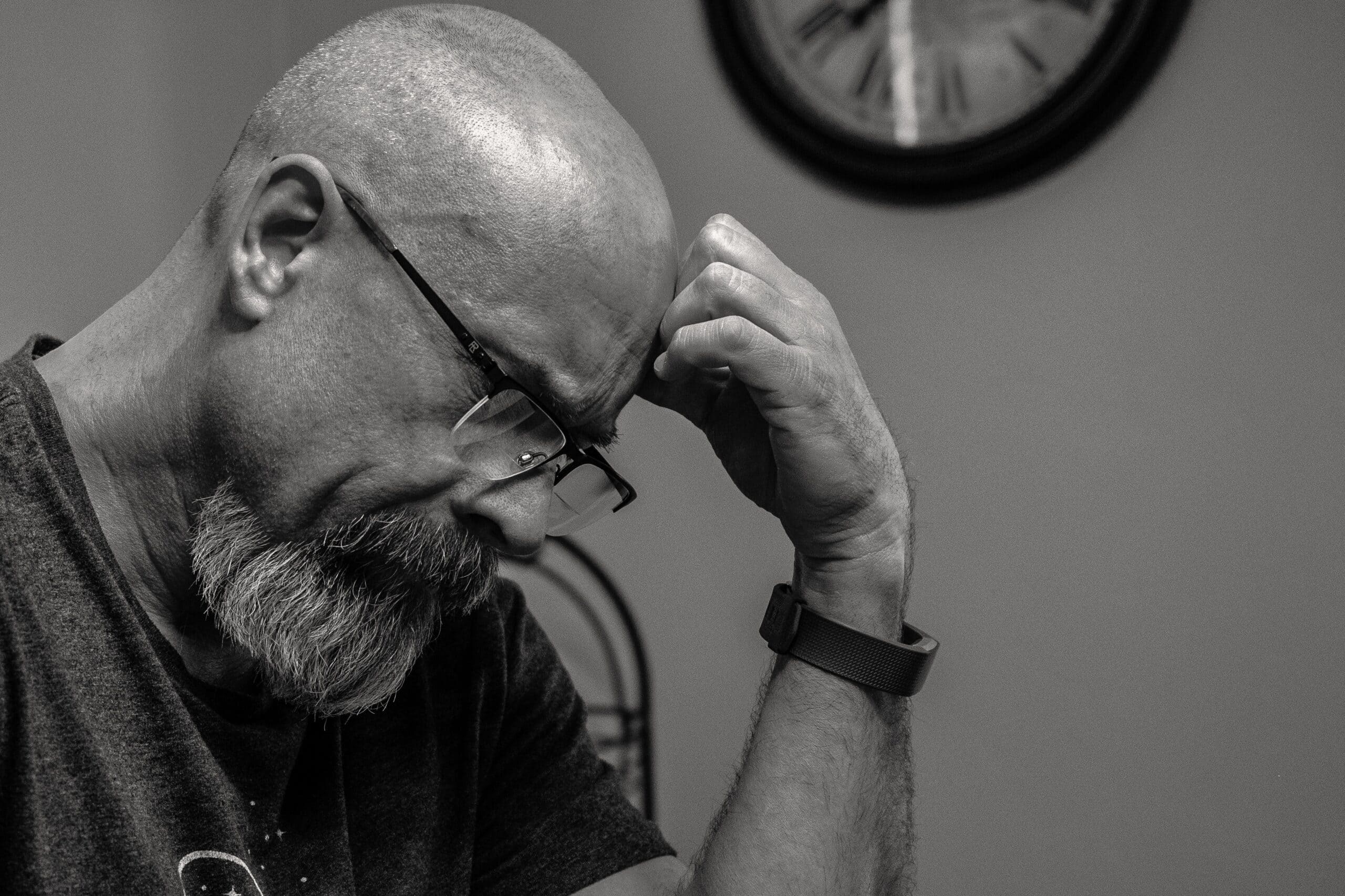1. Understand Social Cues
Reading Between the Lines
Ever wonder how some people seem to effortlessly pick up on subtle cues in conversations? It’s not a superpower; it’s a skill. Understanding social cues is like having a secret decoder for human interactions. Here’s how to get started:
Active Listening
It’s not just about hearing words; it’s about listening with intent. Engage fully in the conversation, nod when appropriate, and ask follow-up questions to show you’re paying attention.
Observation
Pay attention to body language and facial expressions. These non-verbal cues often convey more than words ever could.
Empathy
Put yourself in the other person’s shoes. Try to understand their perspective and feelings. This will help you respond appropriately and build stronger connections.
2. Improve Communication Skills
Speak with Confidence
Effective communication is a cornerstone of reducing awkwardness. Here’s how you can sharpen your communication skills:
Clear and Concise Speech
Avoid rambling or overcomplicating your points. Speak clearly and get to the heart of what you want to say.
Active Listening
Yes, it’s mentioned again because it’s that important. Show that you’re engaged in the conversation by actively listening and responding to what’s being said.
Non-Verbal Communication
Maintain eye contact, use appropriate gestures, and have good posture. These non-verbal cues can speak volumes about your confidence and engagement.
3. Practice Empathy
Walk in Their Shoes
Empathy is like the secret sauce of social interactions. It helps you connect on a deeper level and reduces the chances of awkwardness. Here are three ways you can show empathy:
Putting Yourself in Others’ Shoes
Try to see the world from their perspective. What are they feeling, and why? Understanding their emotions will help you respond more empathetically.
Recognizing and Validating Emotions
When someone shares their feelings, acknowledge them. Say things like, “I understand why you might feel that way” or “It makes sense that you’re upset.”
Active Empathetic Listening
Truly listen to what others are saying, not just the words, but the emotions behind them. Respond in a way that shows you care about their feelings.
4. Boost Self-Confidence
Believe in Yourself
Confidence is your best friend when it comes to reducing awkwardness. Here’s how to boost your self-confidence:
Building Self-Esteem
Focus on your strengths and accomplishments. Celebrate your successes, no matter how small they may seem.
Overcoming Self-Doubt
Identify and challenge negative self-talk. Replace self-critical thoughts with positive affirmations.
Techniques for Boosting Self-Confidence
Practice power poses, set achievable goals, and step out of your comfort zone regularly. Each small success will boost your confidence.
5. Prepare for Social Situations
Practice Makes Perfect
Ever heard the saying, “Practice makes perfect”? Well, it’s true for social interactions too. Here’s how to prepare for social situations:
Role-Playing and Rehearsing
Enlist the help of a friend and role-play different social scenarios. This will help you feel more prepared for real-life situations.
Setting Goals
Before attending a social event, set specific goals for yourself. For example, you might aim to start a conversation with three new people.
Visualization Techniques
Imagine yourself being confident and engaging in social interactions. Visualization can help reduce anxiety and boost your performance.
6. Learn from Social Mistakes
Embrace the Oops Moments
Mistakes are the stepping stones to success. Embracing them and learning from them is crucial for personal growth. Here’s how:
Embrace Mistakes as Opportunities
Instead of dwelling on embarrassing moments, see them as opportunities to improve. Every stumble is a chance to learn and grow.
Reflect on Past Awkward Situations
Take some time to reflect on past awkward interactions. What could you have done differently? What did you learn from the experience?
Strategies for Learning
Develop strategies to avoid repeating the same mistakes. It could be as simple as reminding yourself to breathe deeply or take a moment before responding.
7. Seek Professional Help if Necessary
When to Reach Out
Sometimes, social awkwardness can be a symptom of a deeper issue. It’s important to recognize when professional help may be beneficial:
Identifying When It’s More Than Awkwardness
If you feel that your social struggles are affecting your mental health or overall well-being, it’s essential to seek the guidance of a therapist or counselor.
The Benefits of Therapy and Counseling
Professional help can provide you with tools and strategies to manage social anxiety or other underlying issues.
Seeking Support from Friends and Family
Don’t hesitate to reach out to loved ones for support. They can be a crucial part of your journey toward improvement.
Conclusion
Congratulations! You’ve made it through our crash course on how to be less awkward. Remember, social interactions are a skill, and like any skill, they can be developed and honed over time.
By understanding social cues, improving your communication skills, practicing empathy, boosting self-confidence, preparing for social situations, learning from your mistakes, and seeking help when needed, you can transform yourself from an awkward turtle into a social butterfly.
So, go out there, spread your wings, and embrace the world with confidence!




















